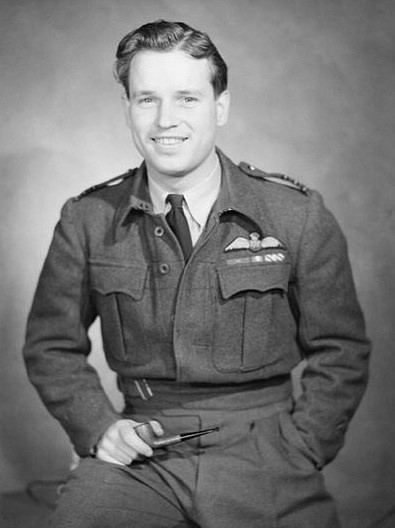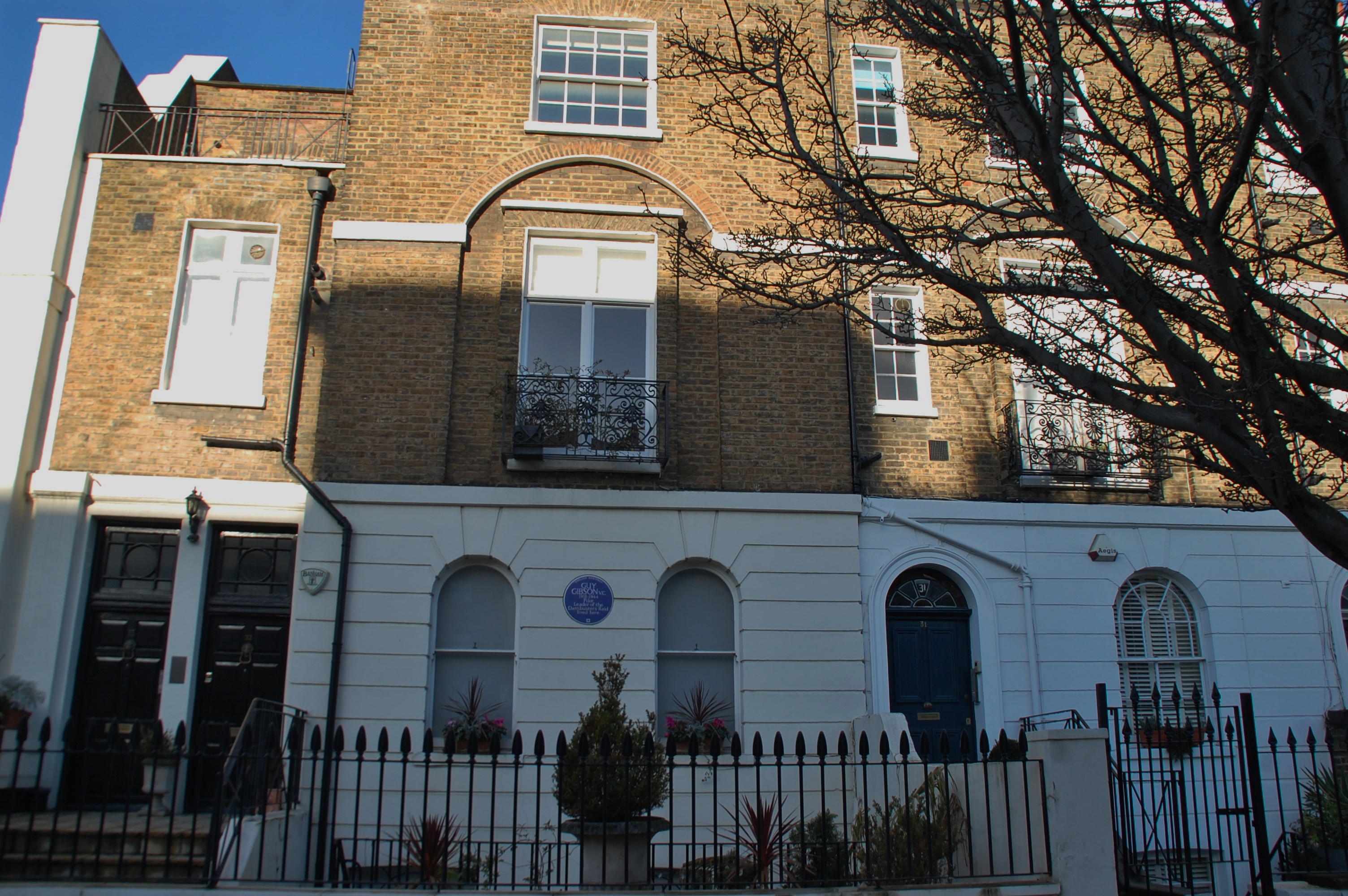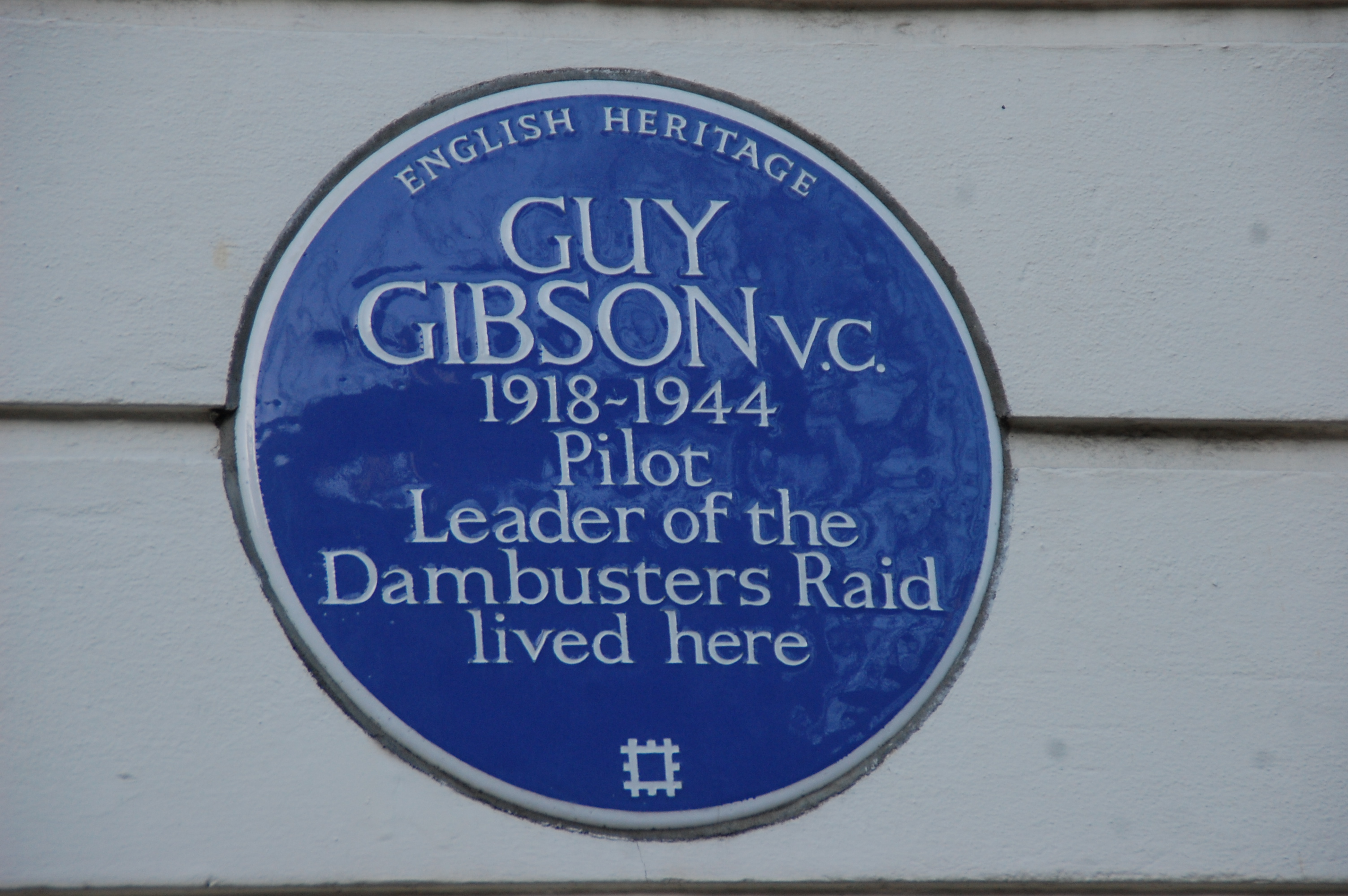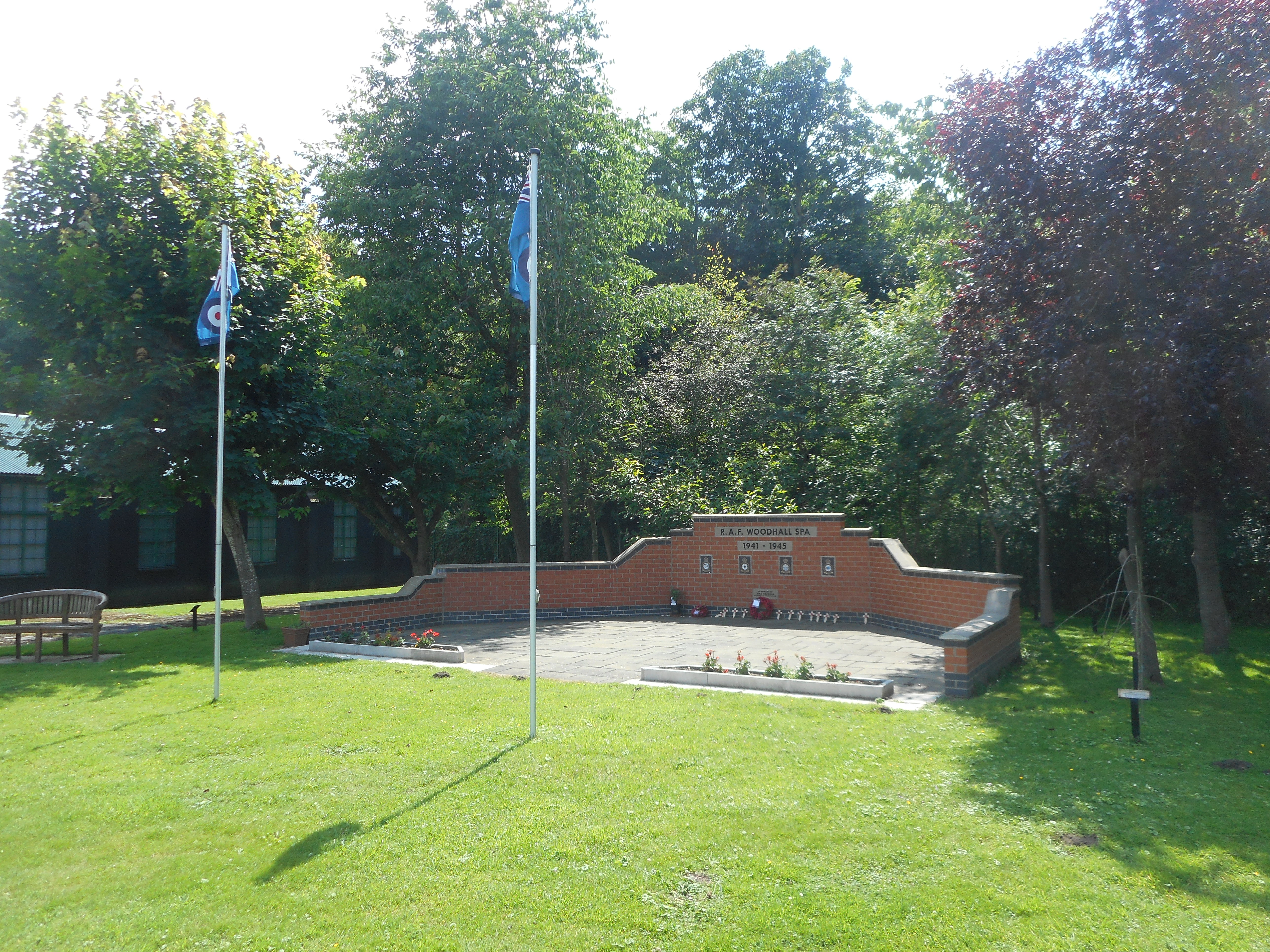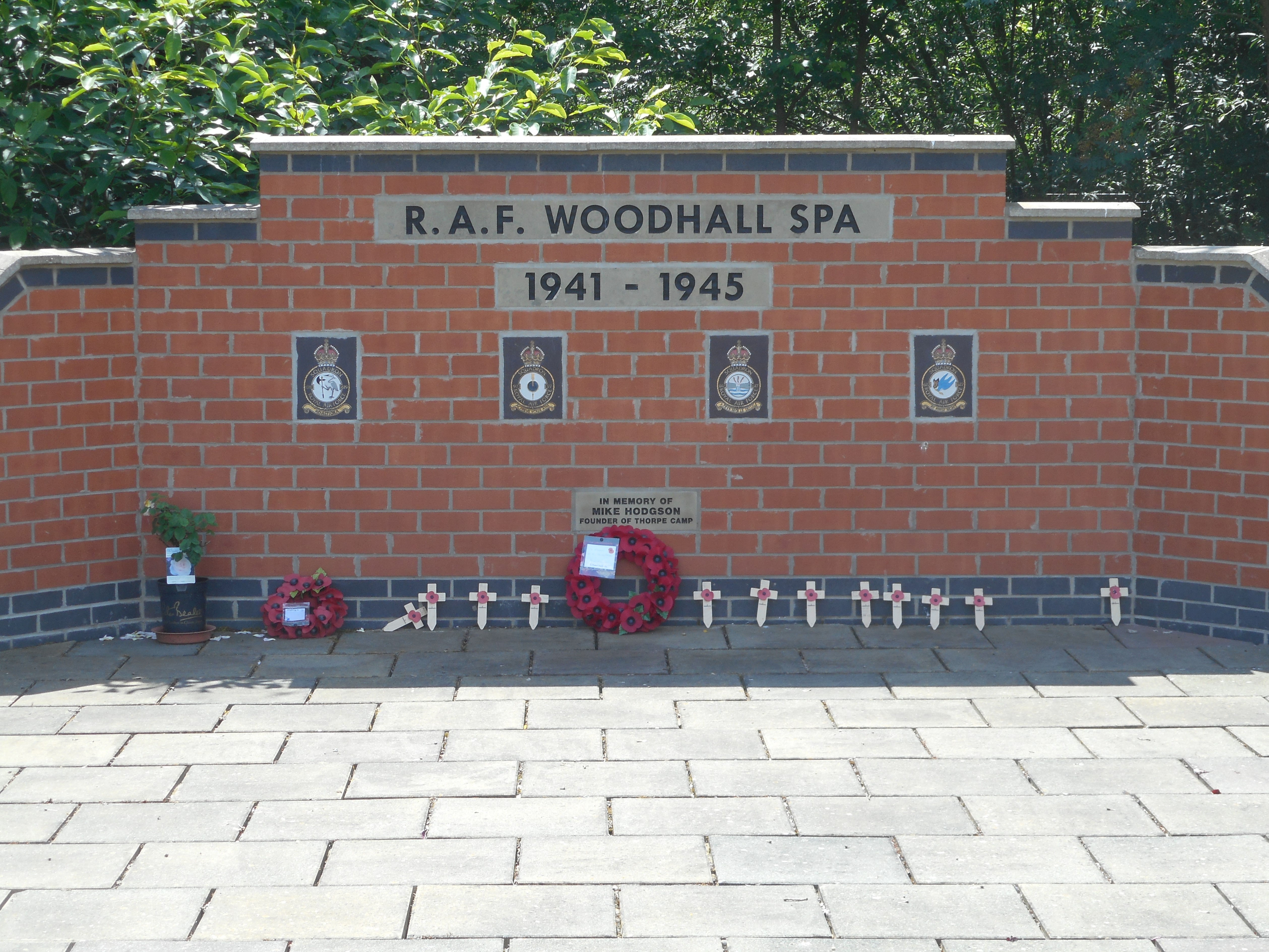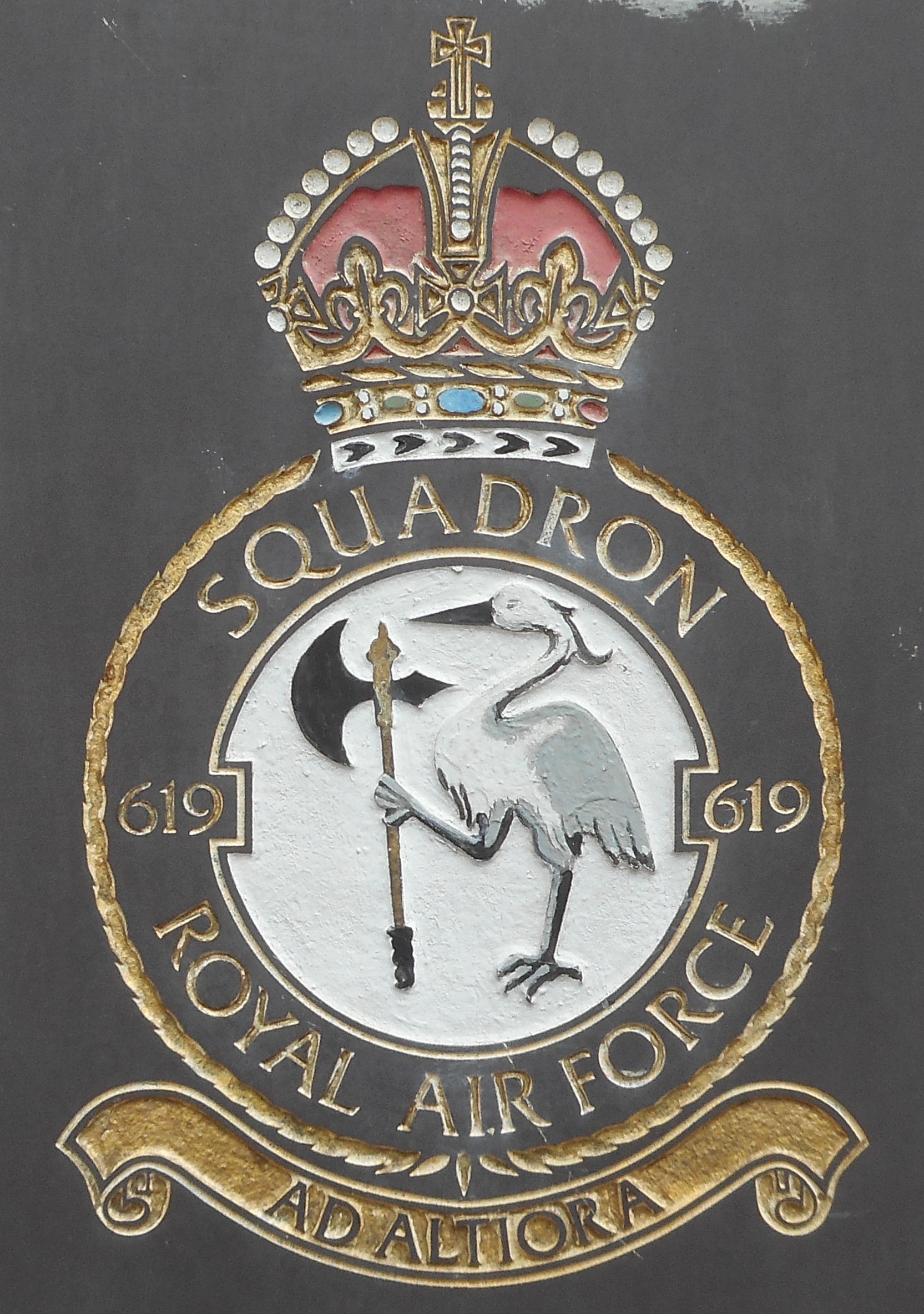Gibson, Guy Penrose
Personal Information
| Rank | W/C |
| Forename(s) | Guy Penrose |
| Surname | Gibson |
| Gender | M |
| Age | 26 |
| Decorations | VC, DSO*, DFC*, U.S. Legion of Merit (Commander) |
| Date of Death | 19-09-1944 |
| Next of Kin | U.S. Legion of Merit (Commander). Son of Alexander James Gibson and Norah Gibson. Husband of Eve Mary Gibson, of Westminster, London. |
Aircraft Information
| Aircraft | de Havilland Mosquito XX |
| Serial Number | KB267 |
| Markings | AZ-E |
Memorial Information
| Burial/Memorial Country | Netherlands |
| Burial/Memorial Place | Steenbergen-En-Kruisland Roman Catholic Cemetery |
| Grave Reference | |
| Epitaph |
IBCC Memorial Information
| Phase | 1 |
| Panel Number | 39 |
Enlistment Information
| Service Number | 39438 |
| Service | Royal Air Force (RAFO) |
| Group | 5 |
| Squadron | 627 |
| Squadron Motto | At first sight |
| Trade | Pilot |
| Country of Origin | United Kingdom |
Other Memorials
| Location | Aberdeen Place, NW8, Greater London |
| Country | United Kingdom |
| Memorial Type | Inscribed Ceramic Plaque |
| Memorial Text | Guy Gibson VC 1918 - 1944, Pilot, Leader of the Dambusters Raid lived here |
| Location | Thorpe Camp, Tattershall Thorpe, Lincolnshire |
| Country | United Kingdom |
| Memorial Type | Stone Memorial with Inscribed Lettering and Sqn Badges |
| Memorial Text | A memorial to those who flew from RAF Woodhall Spa during WW2, including 619 Sqn |
Miscellaneous Information
| VC Citation (London Gazette 25th May 1943): "This officer served as a night bomber pilot at the beginning of the war and quickly established a reputation as an outstanding operational pilot. In addition to taking the fullest possible share in all normal operations, he made single-handed attacks during his rest nights on such highly defended objectives as the German battleship Tirpitz, then completing in Wilhelmshaven. When his tour of operational duty was concluded, he asked for a further operational posting and went to a night-fighter unit instead of being posted for instructional duties. In the course of his second operational tour, he destroyed at least three enemy bombers and contributed much to the raising and development of new night-fighter formations. After a short period in a training unit, he again volunteered for operational duties and returned to night bombers. Both as an operational pilot and as leader of his squadron, he achieved outstandingly successful results and his personal courage knew no bounds. Berlin, Cologne, Danzig, Gdynia, Genoa, Le Creusot, Milan, Nuremberg and Stuttgart were among the targets he attacked by day and by night. On the conclusion of his third operational tour, Wing Commander Gibson pressed strongly to be allowed to remain on operations and he was selected to command a squadron then forming for special tasks. Under his inspiring leadership, this squadron has now executed one of the most devastating attacks of the war the breaching of the Moehne and Eder dams. The task was fraught with danger and difficulty. Wing Commander Gibson personally made the initial attack on the Moehne dam. Descending to within a few feet of the water and taking the full brunt of the anti-aircraft defences, he delivered his attack with great accuracy. Afterwards he circled very low for 30 minutes, drawing the enemy fire on himself in order to leave as free a run as possible to the following aircraft which were attacking the dam in turn. Wing Commander Gibson then led the remainder of his force to the Eder dam where, with complete disregard for his own safety, he repeated his tactics and once more drew on himself the enemy fire so that the attack could be successfully developed. Wing Commander Gibson has completed over 170 sorties, involving more than 600 hours operational flying. Throughout his operational career, prolonged exceptionally at his own request, he has shown leadership, determination and valour of the highest order." |
| DSO Citation, London Gazette, 20 November 1942: "Since being awarded a Bar to the Distinguished Flying Cross, this officer has completed many sorties, including a daylight raid on Danzig and an attack at Gdynia. In the recent attack on Le Creusot, Wing Commander Gibson bombed and machine-gunned the transformer station nearby from 500 feet. On 22nd October, 1942, he participated in the attack on Genoa and, two days later, he led his squadron in a daylight sortie against Milan. On both occasions, Wing Commander Gibson flew with great distinction. He is a most skilful and courageous leader whose keenness has set a most inspiring example". Bar to the DSO Citation, London Gazette, 2 April 1943: "This officer has an outstanding operational record, having completed 172 sorties. He has always displayed the greatest keenness and, within the past 2 months, has taken part in 6 attacks against well defended targets, including Berlin. In March, 1943, he captained an aircraft detailed to attack Stuttgart. On the outward flight engine trouble developed but he flew on to his objective and bombed it from a low level. This is typical of his outstanding determination to make every sortie a success. By his skilful leadership and contempt for danger he has set an example which has inspired the squadron he commands". |
| His DFC Citation was promulgated without citation in the London Gazette, 9 July 1940. Bar to the DFC Citation, London Gazette, 16 September 1941: "Acting Squadron Leader Guy Penrose GIBSON, D.F.C. (39438), Reserve of Air Force Officers, No. 29 Squadron. This officer continues to show the utmost courage and devotion to duty. Since joining his present unit, Squadron Leader Gibson has destroyed three and damaged a fourth enemy aircraft. His skill was notably demonstrated when, one night in July, 1941, he intercepted and destroyed a Heinkel 111". |
| He was promoted to Pilot Officer on 16 November 1936. |
Commonwealth War Graves Commission
The National Archives
| Record of Events (Operational Record Book) AIR 27/2148/22 |
| Summary of Events (Operational Record Book) AIR 27/2148/21 |
Fellow Servicemen
Please note that this list gives all the losses aboard the quoted aircraft and occasionally these may have occurred on an earlier date when the aircraft was not itself lost. Please check the dates of death carefully.
Last Operation Information
| Start Date | 19-09-1944 |
| End Date | 20-09-1944 |
| Takeoff Station | Woodhall Spa |
| Day/Night Raid | Night (6% moon) |
| Operation | Rheydt |
| Reason for Loss | Unarguably Bomber Command's most famous pilot, W/Cmdr Guy Gibson, had been acting as Master Bomber for the attack on Rheydt. On the return his aircraft was seen on fire before crashing at Steenbergen in Holland |
